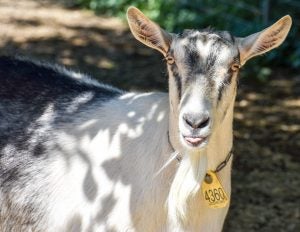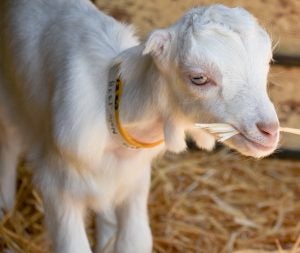Overview
We study strategies for improving animal welfare in a variety of contexts, such as examining approaches for mitigating agonistic interactions in socially housed animals, improving human-animal interactions, and reducing procedural pain and stress.
Current Research:
1.Companion cat welfare research
i) Incorporating video telemedicine into cat health and behavior care
Photo: Dr. Moody’s cats Alfie and Henry
Routine veterinary visits are crucial for preventing, detecting, and managing pet health, behavior, and welfare. However, dogs are more likely to receive health care than pet cats, with reports suggesting 40% of pet cats are not brought to the veterinary clinic for routine visits. This is concerning given that there are an estimated 94.2 million pet cats in the US, all requiring routine veterinary care to maintain their health and welfare throughout their lifetime. Research shows that cat owners have a reduced willingness to bring their cats to the veterinary clinic due to many reasons including cat resistance to travel, accessibility challenges (ex. time away from work/home responsibilities, living in rural/remote communities), and stressful experiences at the veterinary clinic. The COVID-19 pandemic has created even more barriers to accessing veterinary care, resulting in a reduction of veterinary visits detected in US companion animal clinics. An important solution for overcoming these barriers may be use of video telemedicine: using video technology to deliver health and behavior care, education, and information remotely. Use of interactive videos allows health and behavior care to be provided to pets at home, and may become an important extension of the veterinary and behaviorist practice. Although the use of telemedicine has increased in many parts of the world with the COVID-19 pandemic, little research has examined the use of video telemedicine for improving access to veterinary health and behavior care for companion cats.

Photo: Olive getting ready for her annual veterinary visit
ii) Kitten Socialization
Socialization refers to the process by which animals are exposed to new people, places, and objects. In kittens, socialization remains an understudied and often misunderstood topic, with many new kitten owners simply not knowing the importance of introducing a new kitten to all kinds of new things. Where puppy socialization programs are ubiquitous, equivalent kitten programs are scarce and often unheard of. Not only is socialization essential in kittenhood, even in adult cats need to be exposed to a variety of stimuli such as objects and people, to reduce reactivity to novel people, objects, and environments. The goal of socialization is to develop an animal’s confidence, resilience, and comfort within their environment. Research in the lab will use exploratory and experimental work to study this topic.
iii) Reducing stress during in-clinic veterinary visits for cats and their owners
In-clinic veterinary visits can be very stressful experiences for both cats and their owners. Many cat owners avoid bringing their cat to the veterinarian due to stress associated with clinic visits, such as getting cats into carriers, travel to the clinic, as well as waiting room and examination room experiences. Although guidelines exist for ways to reduce negative experiences for cats, many of these recommendations are based on anecdotes and are not science-based. Our lab examines strategies using an evidence-based approach, to help provide science-based recommendations for improving the welfare of cats at the veterinary clin
2. Dairy goat welfare research
i) Studying strategies for improving the lives of production dairy goats

Photo: Pita, a dairy goat at the UC Davis Goat Teaching and Research Facility
Dairy goats are unique, gregarious, and social animals. More milk comes from dairy goats than dairy cows worldwide, although in the US dairy cows largely outnumber dairy goats. However, over the past decade the dairy goat industry has been increasing as consumer’s preference for goat-milk products (cheese, yogurt, and milk) grows. Domestic goats are not indigenous to the US; however, California has long had commercial farms producing goat milk. There are many benefits of dairy goat production systems as they have a lower environmental impact than dairy cows, and goat milk is easier to digest (particularly for those lactose-intolerant) in comparison to dairy cow milk.
Research is needed to provide evidence-based decision making and best-practice for dairy goat production systems in the US. We are currently working on research which aims to improve early experiences and management of dairy goat kids.

Photo: 10-day-old goat kid from the UC Davis Goat Teaching and Research Facility
3. Fish Welfare
Within the US and globally, aquaculture and mariculture are some of the fastest growing agricultural sectors, with salmon being one of the top produced species. On the west coast of North America, pacific salmon and trout species are often hatched and raised for part of their lives in hatcheries, before being released out into the wild for conservation or agricultural purposes. Hatchery rearing can differ drastically from being reared in the wild, and there is concern that the animals being released are not appropriately prepared to face the challenges associated with survival. We are interested in assessing the welfare and health of pacific salmonids in hatchery rearing situations, and developing new strategies to improve post-release survival to maximize the sustainability of these hatchery operations.
